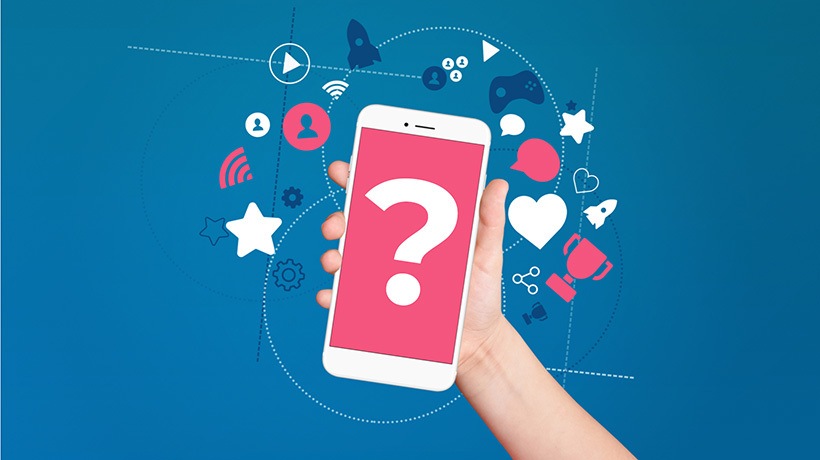How Does Gamification Enhance Learning?
So, there's a need to address the issue and make organizations see the reasons to continue either with or without this learning strategy. In this article, we'll be looking at the gamification strategy to see if it's a better approach for learners to acquire knowledge. We'll also look at how gamification enhances the learning experience.
What Is Gamification In eLearning?
Most people misunderstand gamification, and that affects the way it's utilized in order to develop gamified learning. Some people see it as game-based learning that involves learners playing games, and that's completely wrong. Although gamification can involve using badges, points, and leaderboards, there's more to it than that. To develop a better-gamified learning course, an Instructional Designer needs to focus more on the intrinsic motivational aspects of it. What that means is that it doesn't matter if you use badges or points as long as your focus is on intrinsic motivation. To the burning question, does gamification truly help learners to learn? The answer, without a second thought, is yes. We will explore how it can help enhance the learning experience.
How Gamification Can Enhance The Learning Experience
No doubt, everybody likes to be rewarded for their efforts. In the case of online training, badges are essential to acknowledge the learners' efforts in completing a course. This helps trigger them to complete the training course. Gamification strategy is an essential tool in eLearning to improve the learning experience. Here are 5 ways gamification can help you enhance your learning experience.
1. Intrinsic Motivation
In gamification, intrinsic motivation comes from behavior driven by internal rewards. This means that employees become engaged, not because of the tangible rewards they receive for completing a course, but because of the passion for acquiring knowledge.
Here are some examples of what intrinsic motivation looks like:
- A sense of progress in a specific learning course
- A sense of competence
- Self-actualization and pleasure
- Accomplishing a difficult task
Intrinsic motivation is a way gamification can help learners enhance their learning experience. It brings out the passion in a learner to complete a specific training course.
2. Extrinsic Motivation
Unlike intrinsic motivation, extrinsic motivation drives you to achieve something because of the tangible rewards attached to it. Even if you don't have passion for what you're doing, extrinsic motivation ensures that you complete the training to achieve results.
Some common examples of extrinsic motivation include:
- Rewards for displaying specific behavior
- Threats of punishment for failing to attain a specified point
- Competition
- Trophies for emerging winners
All these factors of extrinsic motivation can enhance the learning experience and drive learners to complete training and ask for more.
3. Motivation Through Recognition
Recognizing your employees’ efforts and commitment to an organization is one way of driving them to learn better. Apart from that, it's also an effective way to enhance the employee learning experience. When you recognize their efforts publicly or privately, they feel more accomplished and tend to do better. You can also make it feel more worthwhile by enabling them to view and share the awards on social platforms with their colleagues. This can help motivate other learners to do better and be recognized as well.
4. Rewards For Each Milestone, Instead Of Just The Learning Goal
Instead of just focusing on the big goal, you can create rewards for each milestone. This will help drive learners to finish a particular milestone and progress to another. While long-term goals can reduce learner motivation, shorter milestones can help motivate them. Apart from that, employees tend to retain knowledge when they acquire knowledge in bite-sized chunks compared to long training.
5. Competition
Here's another way that gamification can help enhance the learning experience. By creating healthy competition among your employees, every one of them will want to emerge as a winner to acquire rewards. You can make it more worthwhile by adding the names of the learners with the highest badges/points to the leaderboard. This will cause other employees to put in more effort to achieve points. With gamification, you can enhance your employee learning experience in your organization. You can also improve their engagement level and help them boost their retention ability. Although creating a gamified learning course might seem hard, with a good authoring tool, you can make the process seamless.


